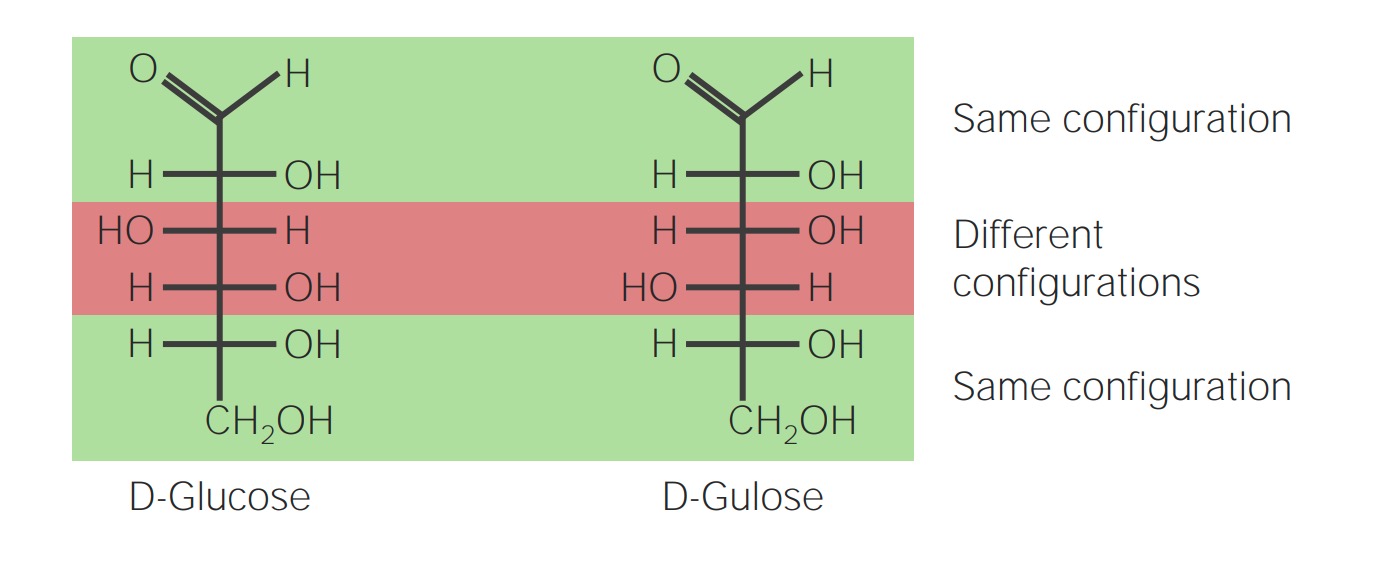Playlist
Show Playlist
Hide Playlist
Protein Links – Complex Carbohydrates
-
07 Basic ComplexCarbohydrates.pdf
-
Biochemistry Free and Easy.pdf
-
Reference List Biochemistry.pdf
-
Download Lecture Overview
00:00 cartilage against impact, again, relevant to joints and use of cartilage in those joints. 00:02 There are other molecules that carbohydrates combine to and one of those is proteins. 00:06 Now these come in a variety of different forms and the names differ mostly relating to the sizes of the individual molecules that are being joined together. So for example, glycoproteins as its name suggests are carbohydrates that are attached to proteins. Usually these carbohydrates are oligosaccharides, but not always. The attachment are in the location of the glycoproteins usually comes in two different places. One is they can be found in cell membranes and one of the functions that glycoproteins perform in cell membranes is giving cells identity. A second place where glycoproteins are commonly found is in the secreted form. They are for example hormones like erythropoietin which are secreted that have numerous oligosaccharides attached to them. There are many examples in cells of glycoproteins and some of those glycoproteins have properties very much like what we have seen with the glycosaminoglycans. The mucins for example are proteins that are very very much glycosylated, meaning they have many many sugar residues that are on them and these also are modified residues, giving the sugars some interesting chemistry that's happening with the solutions that they're in. Mucins, when they are in water will give also a very slimy feel, and mucins are commonly found in mucous. 01:35 Other places where we find glycoproteins that play important functions in the body include the immune system, where we see for example glycoproteins present in antibodies in some cases or in the histocompatibility complexes in others. Now as I mentioned before, one of the functions of glycoproteins is to give identity to cells, there is a couple places we can understand this pretty well. One of these is the blood types. We all know about the different A, B and O blood types, and these A, B and O blood types arise as a result of the presence or absence of certain sugars on glycoproteins. Now I've schematically shown that in this figure right here. Imagine that we're looking at the surface of a red blood cell. The red blood cell has embedded in its membrane a protein, the protein is shown in blue. This protein has attached to it, through its asparagine residue, on the side chain it has an oligosaccharide attached to it. Now the oligosaccharide has only a few sugars in it but the presence or absence at one point in the oligosaccharide of a specific sugar causes that blood to be type A. If at that same point a different sugar is present, then the blood will have type B. If the blood is missing a sugar at that point completely the blood will have a type of O. Now the immune system of a person looks for and recognizes those individual types. So if you have for example blood type A, that means your immune system has antibodies against the blood type B, so if you inject a person who has a type A blood with type B blood, the immune system will attack it and the results can be pretty drastic. Because type O lacks that sugar, type O is not attacked by the immune system, type O is a universal donor as a result of that. 03:36 Asparagine is an amino acid that's commonly found linked to oligosaccharides, it's one of two amino acids that are linked to oligosaccharides in glycoproteins. We can see the linkage between asparagine and the oligosaccharide here. Remember that asparagine has a side chain that has an amine attached to its R group carboxy making a carboxamide. We can see the attachment through this figure in which the oligosaccharide is highlighted in green and the link to the carboxamide, amine is shown in yellow. Asparagine is the form through which we call N-linked glycoproteins are made. Now there is another type of linkage that occurs in glycoproteins and it's called O-linked. And O-linked glycoproteins happen not through asparagine, but rather through the side chain of threonine or serine as can be seen here. These two types of glycoproteins are fundamentally different, for example the N-linked glycoproteins have the oligosaccharide attached in the endoplasmic reticulum and it may be further modified in the Golgi apparatus. By contrast the O-linked oligosaccharides have the oligosaccharide attached to serine only in the Golgi apparatus, there's no link to the endoplasmic reticulum.
About the Lecture
The lecture Protein Links – Complex Carbohydrates by Kevin Ahern, PhD is from the course Biochemistry: Basics.
Included Quiz Questions
Which of the following amino acids is commonly found linked to an oligosaccharide in N-linked glycoproteins?
- Asparagine
- Serine
- Threonine
- Glutamine
- Valine
Which amino acid is part of the O-linked glycoprotein linkage, and in which organelle does the linkage take place?
- Serine, Golgi apparatus
- Asparagine, endoplasmic reticulum
- Serine, lysosomes
- Asparagine, peroxisomes
- Threonine, endoplasmic reticulum
What is the role of the glycoproteins present on the outer surface of the cell membrane?
- They provide an identity to the cell.
- They act as nuclease enzymes.
- They help in the production of ATPs.
- They participate in the polymerization of nucleic acids.
- They facilitate the oxygen transfer to the interior of the cell.
Customer reviews
5,0 of 5 stars
| 5 Stars |
|
5 |
| 4 Stars |
|
0 |
| 3 Stars |
|
0 |
| 2 Stars |
|
0 |
| 1 Star |
|
0 |




